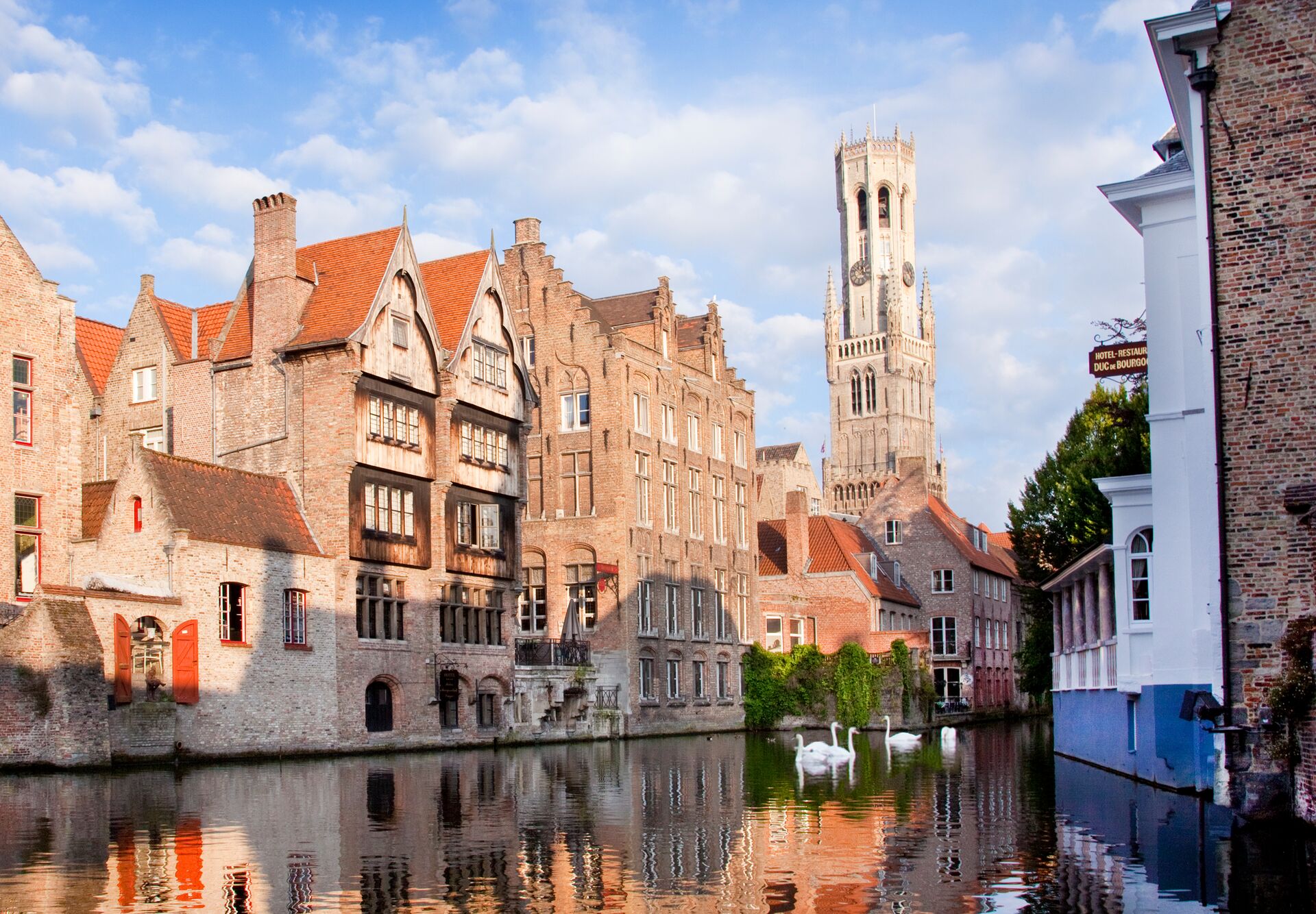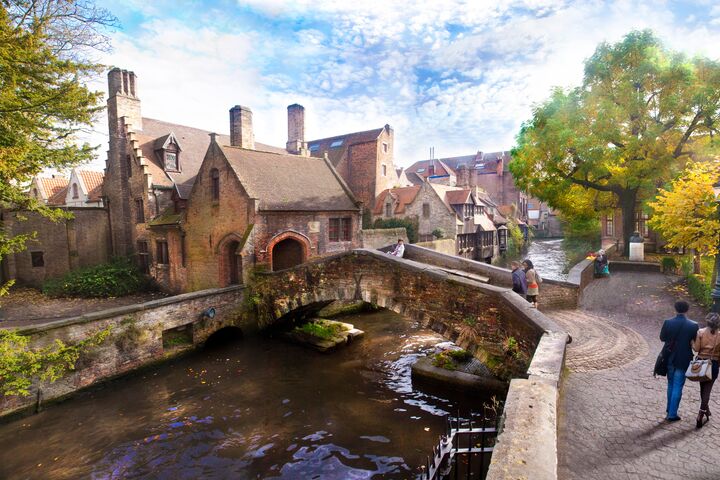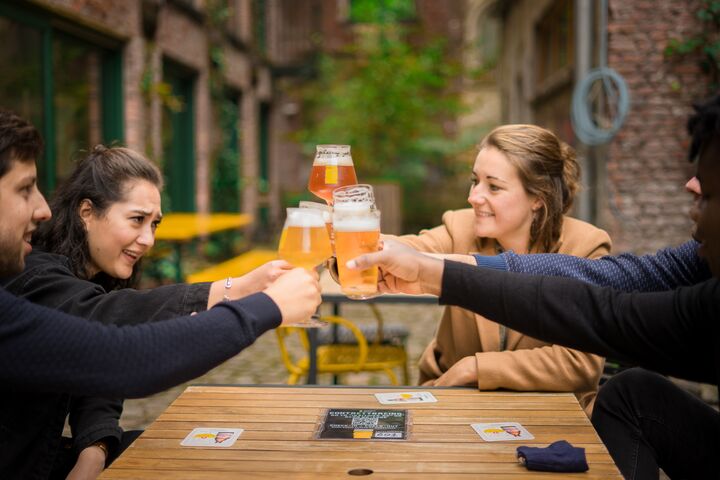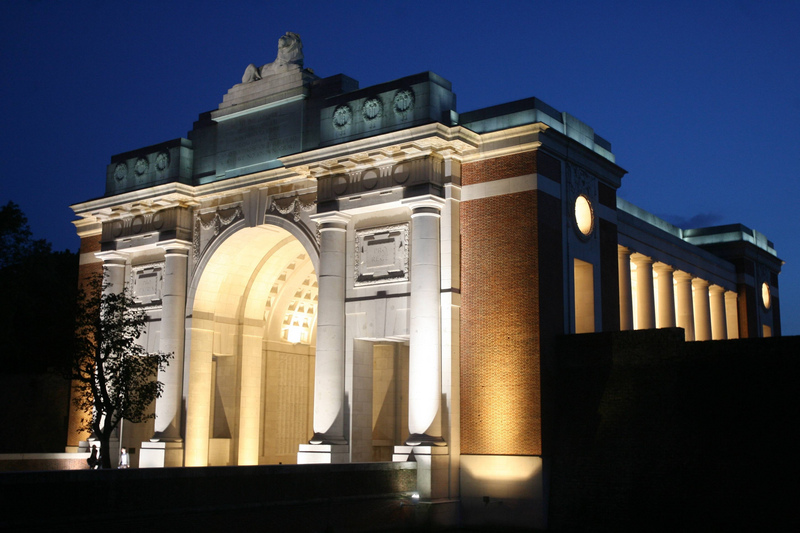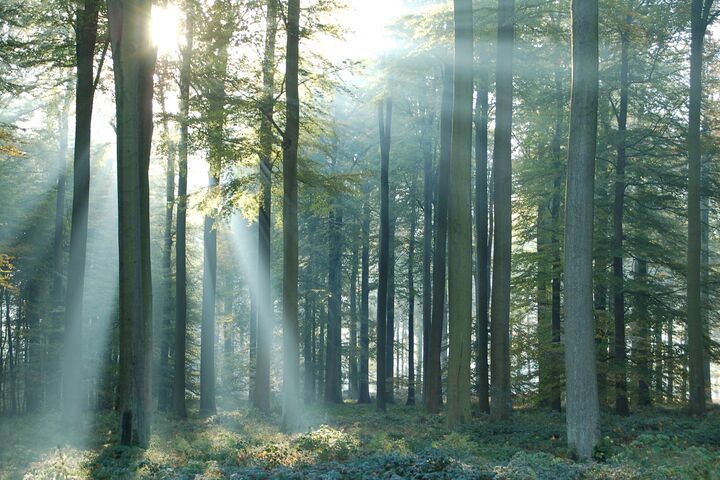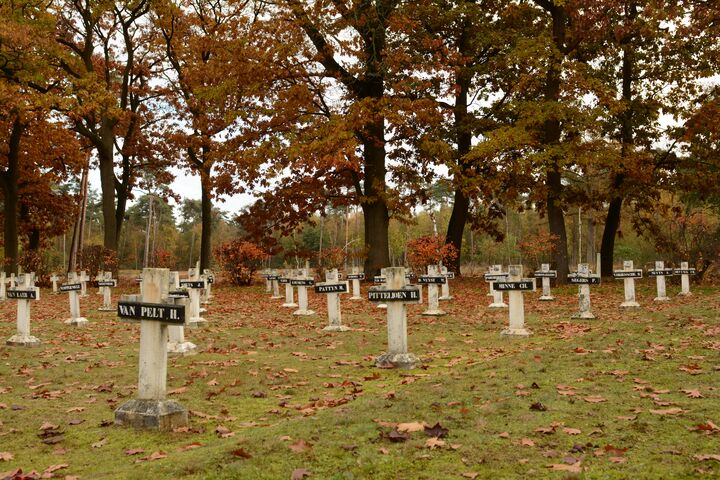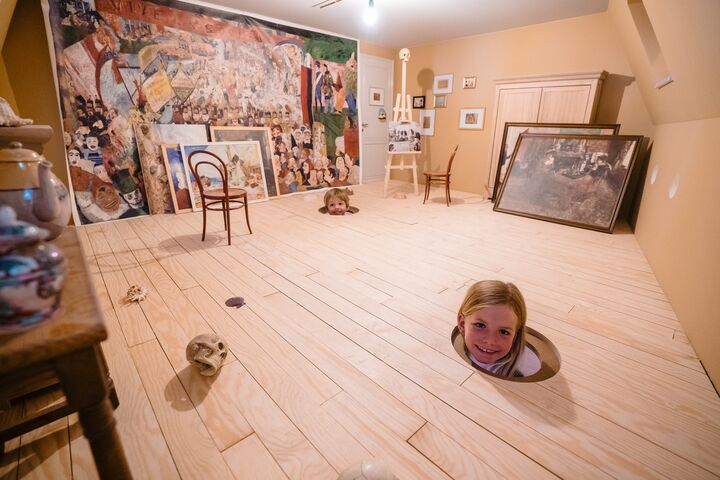The historic centre of Bruges
We begin this list in Bruges. Its medieval centre with the Belfry, the Markt with its beautiful facades, the winding alleys and canals, the cathedral provides the whole city with unique heritage. So UNESCO decided to recognise the historic centre as a whole as a world heritage site.
This city centre is a wonderful example of a medieval city that has retained its historical form. The original, gothic constructions are still part of Bruges’ identity, and the street plan from that time is still virtually intact. Moreover, the cradle of the Flemish Primitives stood here. This art movement, with Jan van Eyck and Hans Memling as exponents, was born here.
Those who hunger for a taste of heritage, return content from Bruges. But where exactly should you go? Our itinerary ‘48-hour Bruges: a medieval romance’ gives you an introduction. Even if it is only a glimpse of what vibrant Bruges has to offer.
The Belgian beer culture
Our heritage is a delight for all the senses. It even thrills our taste buds: the Belgian beer culture is recognised by world heritage status. Here, beer is so much more than just a drink. It is a piece of culture, a source of pride, inextricably linked with our identity.
You can taste that in the more than 1,500 beers that our country has to offer. Each of them has its own colour, flavour and traditional production method. There are the Trappist and abbey beers, the white beers and saisons, brut and specialty Belgian beers, fruit beers, cherry beers and gueuze. And that is just the frothy tip of the iceberg. Today’s brewers passionately combine this centuries-old tradition with new ingredients, recipes, styles and methods.
You can discover this wealth in our so-called brown cafes, among other places. These are the convivial and authentic pubs that breathe the Belgian beer culture. You can enjoy a delicious glass and company there. Want to brush up on your knowledge of our beers? Belgian Beer World, ‘the world’s largest interactive beer experience centre in the Brussels Stock Exchange building, tells you many stories.
The memorials in Flanders Fields
The Westhoek - known worldwide as Flanders Fields - was one of the most important battlegrounds during the First World War. Hundreds of thousands of people lost their lives there and an entire region was destroyed.
The remnants of that past are still very tangible in Flanders Fields. Dozens of war cemeteries, memorials and other monuments can be found all over the region. They serve as a memorial and represent a universal message of peace. Since 2023, a selection of 27 of these memorials has also been officially recognised as UNESCO world heritage.
One of the best-known memorials on that list is the Menin Gate in Ypres. The names of 54,896 missing British soldiers are engraved in this city gate. Every evening at 20:00, a group of buglers plays The Last Post. A poignant ritual that is marked every time with a serene silence.
The Sonian Forest
Flanders is a region of pioneering craftsmanship and innovation. Over the centuries, this often formed the basis of our heritage. But sometimes nature does not need human interference, which is true for the Sonian Forest. Five forest reserves in this primeval forest have been recognised as world heritage sites by UNESCO.
These reserves have been part of ‘Old and untouched beech forests of the Carpathians and other regions of Europe’ since 2017. In these forests you find hundreds of beech trees that are more than two centuries old. Their trunks have diameters of up to 160 centimetres, some with peaks up to 50 metres in the air. This makes them the largest beech trees in the world.
In and around this unique, untouched nature, there is a way of life that respects the natural world. The Sonian Forest is a beautiful environment for walking, although you can also discover this natural glory on two wheels. There are plenty of opportunities for cyclists and mountain bikers, for both short and long rides.
Wortel-Colony
Wortel-Colony is the odd one out on this list, just as you might say of its former inhabitants. This settlement began as a free agricultural colony. Poor families lived there together on small separate farms. After the Belgian state bought the land in 1870, this spot next to the Dutch border took on a different purpose.
At that time, there was still a law in Belgium against vagrancy: tramps or beggars could be apprehended. Some of them were then accommodated in Colonies of Benevolence, such as Wortel. Under surveillance, they worked on the land and in workhouses. Back then, this was a pioneering social experiment. The intention was to transform the vagrants into ‘productive citizens’. At the same time, the unused would be transformed into productive agricultural land.
Since 2021, Wortel-Colony has been listed as a cultural landscape on the UNESCO World Heritage List. You can explore it for yourself today, on foot or by bike. This journey of discovery can be combined with a visit to Turnhout and its 14th-century beguinage, another UNESCO gem.
There you have it; five gems of Flemish world heritage. And that is just the beginning, the treasure chest of Flemish heritage seems bottomless. Just think of our belfries and beguinages, the printing complex Plantin-Moretus, or the Grote Markt in Brussels because Flanders is a delightful place to explore.
